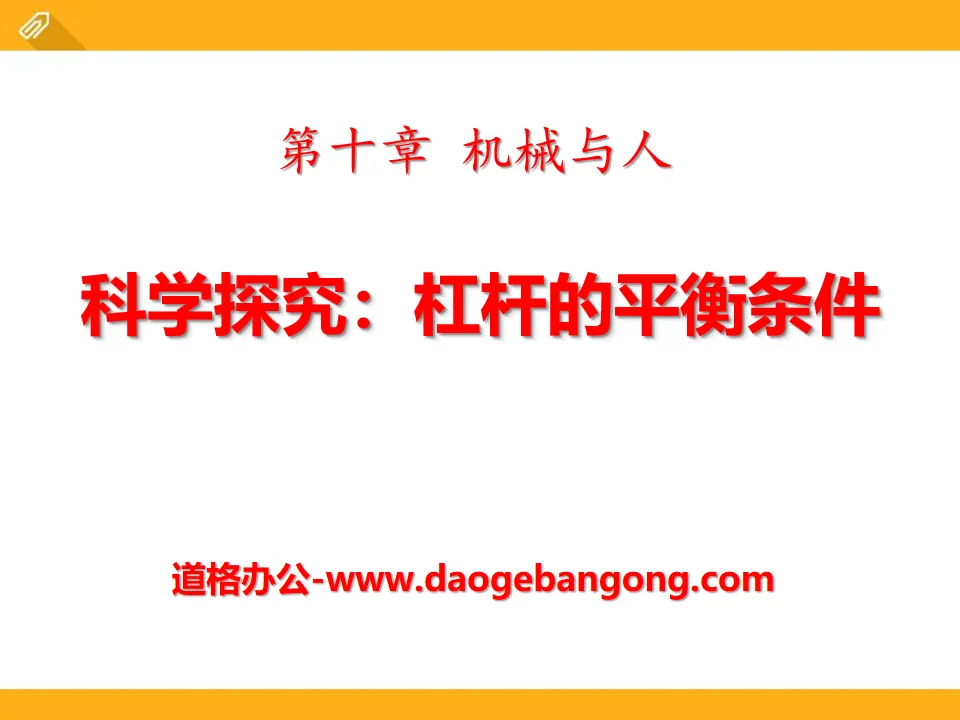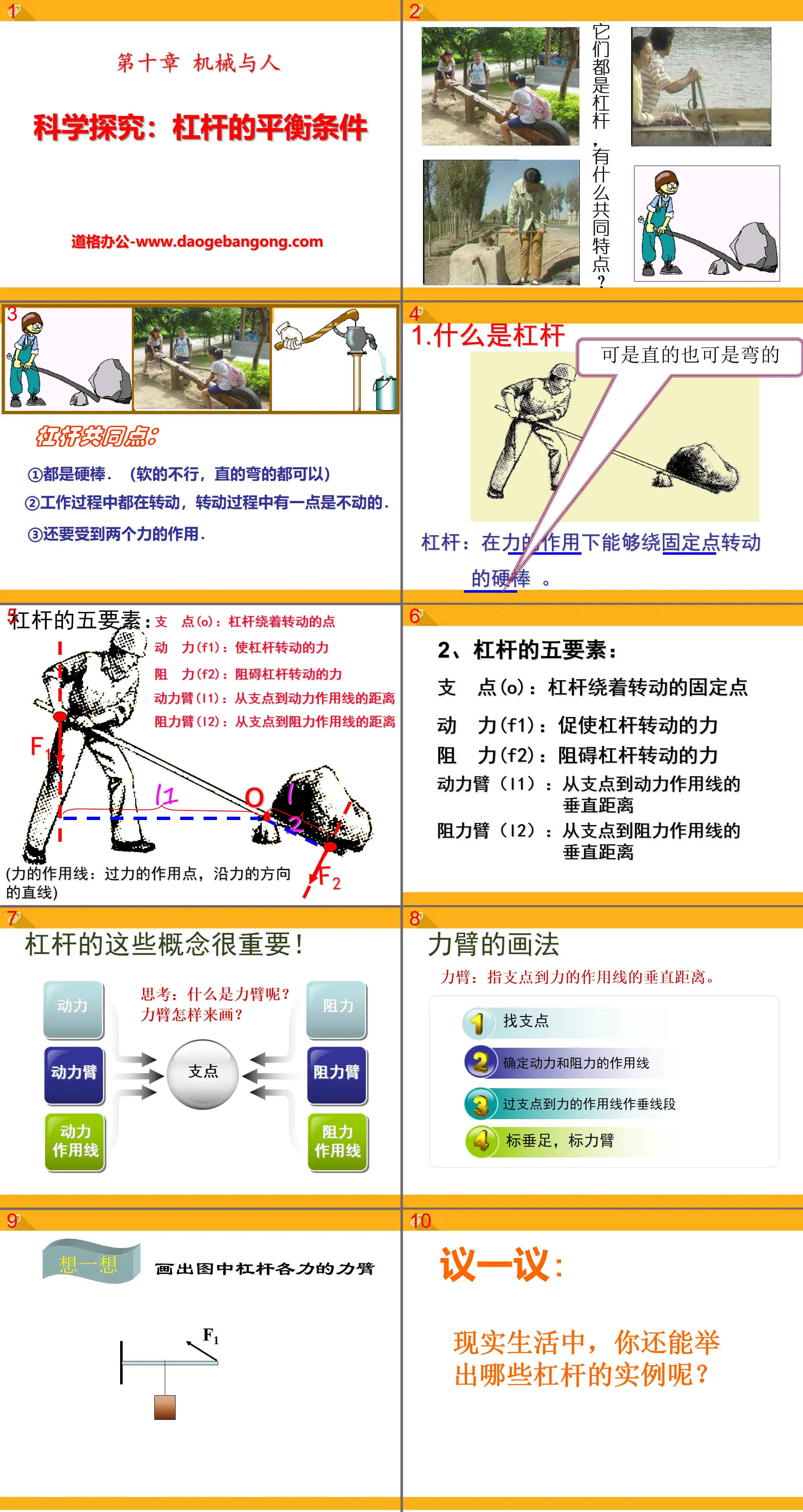People's Education Edition Physics for Grade 8, Volume 2
People's Education Edition Physics for Grade 8, Volume 1
People's Education Edition Ninth Grade Physics Complete Book
Shanghai Science Edition Ninth Grade Physics
Shanghai Science Edition 8th Grade Physics
Beijing Normal University eighth grade physics volume one
Lu Jiao Edition Ninth Grade Physics Volume 2
Beijing Normal University Ninth Grade Physics Volume 1
Lu Ke Edition High School Physics Compulsory Course One
Lu Jiao Edition Ninth Grade Physics Volume 1
Guangdong and Shanghai Edition Ninth Grade Physics Volume 1
People's Education Press High School Physics Compulsory Course II
Beijing Normal University Ninth Grade Physics Volume 2
Lu Jiao Edition Eighth Grade Physics Volume 2
Lu Jiao edition eighth grade physics volume 1
Guangdong and Shanghai Edition Ninth Grade Physics Volume 2

| Category | Format | Size |
|---|---|---|
| Shanghai Science Edition 8th Grade Physics | pptx | 6 MB |
Description
"Scientific Inquiry: Balance Conditions of Lever" Machinery and Human PPT Courseware 3
Leverage has something in common:
①They are all hard sticks. (Soft ones won’t work, straight ones and curved ones will do)
② It is rotating during the working process, and there is one point that does not move during the rotating process.
③It is also subject to the action of two forces.
1.What is leverage?
Lever: A hard rod that can rotate about a fixed point under the action of force.
Five elements of leverage:
Fulcrum (O): The point around which the lever rotates
Power (F1): the force that causes the lever to rotate
Resistance (F2): the force that hinders the rotation of the lever
Power arm (L1): the distance from the fulcrum to the power line of action
Resistance arm (L2): the distance from the fulcrum to the resistance line
How to draw a force arm
Moment arm: refers to the vertical distance from the fulcrum to the line of action of the force.
1Find a fulcrum
2 Determine the lines of action of power and resistance
3. Draw a vertical line segment from the fulcrum to the line of action of the force.
4 standard vertical foot, standard moment arm
Try it: Human Lever
When you bend your elbow to lift something heavy, your arm also acts as a lever (pictured). The elbow joint is the fulcrum.
When you lift your heel, the muscles behind the heel are working, the toes are the fulcrum, and the weight falls between them. This is actually a lever (pictured), where the pulling force of the muscle is smaller than the body weight.
2. Balance of Leverage
Question: What is leverage balance?
Summary conclusion:
When the lever is at rest under the action of power and resistance, or when it rotates slowly and uniformly, we say that the lever is balanced.
What are the conditions for leverage balance?
Explore the factors that influence the balance of leverage levels
1. Balance the wooden ruler with the scale in a horizontal position.
2. Hang different numbers of hook codes on both sides of the wooden ruler, and adjust the distance between the hook codes to point O to make the lever horizontally stationary.
3. Change the number of hooks and adjust the distance from the suspension point to point O so that the wooden ruler is in a horizontal stationary state. Fill in the data of each experiment into the table below.
Thoughts and Discussions
1. What is the function of two adjustable nuts installed at both ends of the lever?
Its function is to adjust the balance of the lever itself
2. What is the method for lever leveling?
"Left high, left tone, right high, right tone"
3. Why is the lever required to be in a horizontal position when it is at rest?
Easy to measure power arm and resistance arm
Application of Leverage Balance Conditions
Example: When the lever is in equilibrium, and it is known that the pressure of the stone on the lever is 3000N, and the power arm and resistance arm are 180cm and 6cm respectively, what is the power?
Known: F2 = 3000N L1 = 180cm L2= 6cm
Asking for: F1=?
Solution: According to the leverage balance condition F1×L1=F2×L2, we get
F1 = (F2 × L2)/L1
= (3000N×6cm)/180cm = 100N
Answer: The power is 100N.
practise
1. Among the following statements about leverage, which one is incorrect ( )
A. The lever must be a hard stick
B. The moment arm must be on the lever
C. The power arm is the distance from the fulcrum to the line of action of the power
D. When the line of action of the force passes through the fulcrum, the moment arm is 0
2. As shown in the figure, the lever is just balanced after being hung with hooks. The mass of each hook is the same. In the following situations, the lever can still maintain balance ( )
A. The left and right hook codes move one space each toward the fulcrum.
B. Reduce one hook code on each side
C. Reduce the hook code by half on each side
D. Add two hook codes on the left and right sides
3. Two forces act on both ends of the lever to balance the lever, then ( )
A. The magnitude of these two forces must be equal
B. The moment arm lengths of these two forces must be equal
C. The one with the longer moment arm has greater force.
D. The one with the longer moment arm has smaller force
summary
Features of labor-saving levers
A The power arm is larger than the resistance arm
B saves effort but costs distance
Characteristics of effortful leverage
A The power arm is smaller than the resistance arm
B Effortless but save distance
Characteristics of equal-arm lever
A The power arm is equal to the resistance arm
B It doesn’t save effort or distance.
Exercise 1
Which of the following tools is the most labor-saving? ( )
A. Guillotine, car brake, claw hammer to pick up nails;
B. Tweezers, fishing rods, scissors;
C. Guillotine, scale, fishing rod;
D. Tweezers, car brakes, fishing rods.
Exercise 2
Which of the following statements are correct ( )
A. Using leverage will definitely save effort;
B. The power arm of the labor-saving lever must be smaller than the resistance arm;
C. The power arm is the distance from the fulcrum to the power action point;
D. The equal-arm lever saves neither effort nor distance.
Exercise 3
The equal-arm lever in the figure is in a horizontal position and is at rest. The tension F of the rope at end B is compared with the gravity G at end A ( )
A. F= G;
B. F<G;
C.F>G;
D. cannot be compared.
Keywords: Machine and Man teaching courseware, scientific inquiry balance conditions teaching courseware of levers, Shanghai Science Edition eighth grade physics PPT courseware download, eighth grade physics slide courseware download, Machine and Man PPT courseware download, scientific inquiry balance of levers Conditional PPT courseware download, .PPT format;
For more information about the PPT courseware "Machine and Human Science Exploring the Balance Conditions of Levers", please click the "Machines and Humans ppt Science Exploring the Balance Conditions of Levers ppt" tag.
"Scientific Inquiry: Balance Conditions of Lever" Machinery and Human PPT Courseware 4:
"Scientific Inquiry: Balance Conditions of Lever" Machinery and Man PPT Courseware 4 Activity 1 Observe and experience: ① Clamp things with tweezers ② Cut paper with scissors ③ Use a ruler to pry the stationery box Take a look: the tools in the picture, think and discuss them Common Characteristics at Work Activity 2 Explore..
"Scientific Inquiry: Balance Conditions of Lever" Machinery and Human PPT Courseware 2:
"Scientific Inquiry: Balance Conditions of Levers" Machinery and Man PPT Courseware 2 Learning Objectives 1. Extract common characteristics by observing various levers in life and production labor, and understand the five elements of levers; 2. Be able to analyze the characteristics of levers according to certain standards. Features and effects of use...
"Scientific Inquiry: Balance Conditions of Lever" Machinery and Human PPT Courseware:
"Scientific Inquiry: Equilibrium Conditions of Lever" PPT courseware of Machinery and Man introduces a new lesson. Through the study of buoyancy, students already know that Archimedes was a great scientist in ancient Greece. His main contributions to physics include two: Buoyancy problem and leverage balance problem..
File Info
Update Time: 2024-11-22
This template belongs to Physics courseware Shanghai Science Edition 8th Grade Physics industry PPT template
"Scientific Inquiry: Balance Conditions of Lever" Machinery and Human PPT Courseware 3 Simple campus recruitment activity planning plan summary enterprise and institution recruitment publicity lecture PPT template is a general PPT template for business post competition provided by the manuscript PPT, simple campus recruitment activity planning plan summary enterprise and institution recruitment promotion Lecture PPT template, you can edit and modify the text and pictures in the source file by downloading the source file. If you want more exquisite business PPT templates, you can come to grid resource. Doug resource PPT, massive PPT template slide material download, we only make high-quality PPT templates!
Tips: If you open the template and feel that it is not suitable for all your needs, you can search for related content "Scientific Inquiry: Balance Conditions of Lever" Machinery and Human PPT Courseware 3 is enough.
How to use the Windows system template
Directly decompress the file and use it with office or wps
How to use the Mac system template
Directly decompress the file and use it Office or wps can be used
Related reading
For more detailed PPT-related tutorials and font tutorials, you can view: Click to see
How to create a high-quality technological sense PPT? 4 ways to share the bottom of the box
Notice
Do not download in WeChat, Zhihu, QQ, built-in browsers, please use mobile browsers to download! If you are a mobile phone user, please download it on your computer!
1. The manuscript PPT is only for study and reference, please delete it 24 hours after downloading.
2. If the resource involves your legitimate rights and interests, delete it immediately.
3. Contact information: service@daogebangong.com
"Scientific Inquiry: Balance Conditions of Lever" Machinery and Human PPT Courseware 3, due to usage restrictions, it is only for personal study and reference use. For commercial use, please go to the relevant official website for authorization.
(Personal non-commercial use refers to the use of this font to complete the display of personal works, including but not limited to the design of personal papers, resumes, etc.)
Preview










